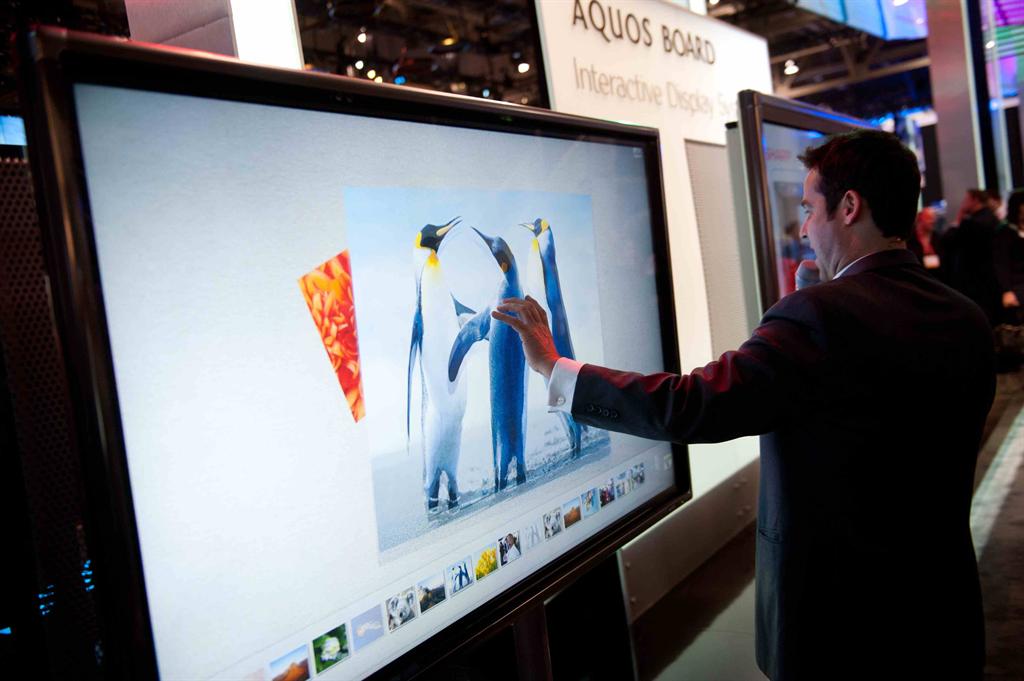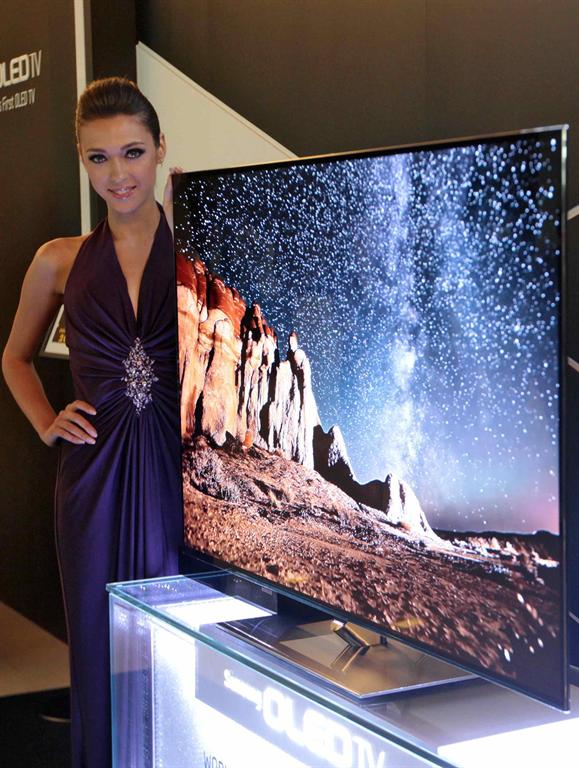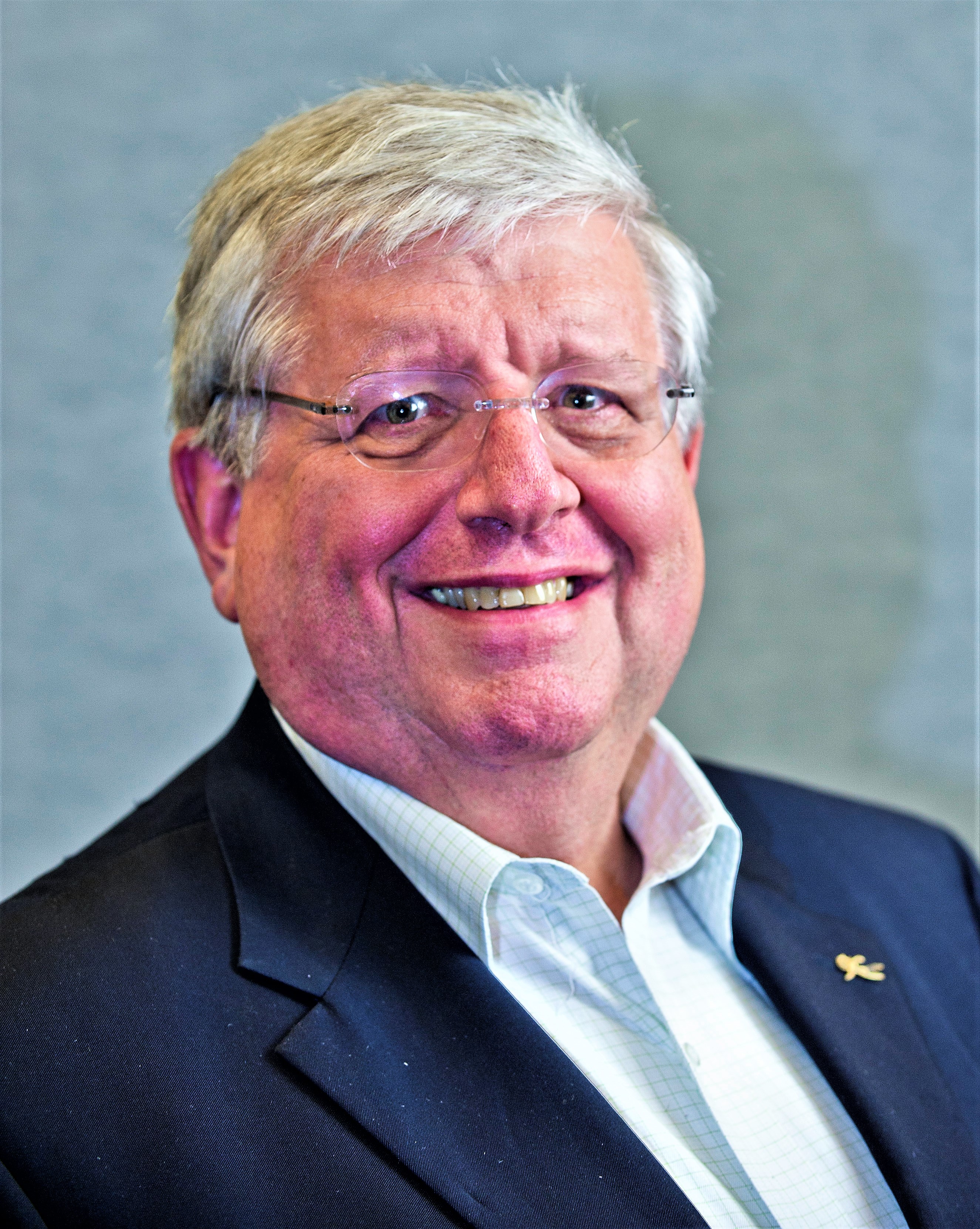2013 CES Promises 'Sensory Overload'

LAS VEGAS—With the launch of “Ultra High Definition TV” (also known as “4K”), the relaunch of the UltraViolet cloud distribution technology, countless demonstrations of multiscreen video systems and intense dialogues about spectrum allocation, the 2013 International CES will, even more than usual, guarantee sensory overload for the 150,000 expected at the Jan. 8-11 electronics extravaganza at the Las Vegas Convention Center.
CES’s increasing focus on digital content, including entertainment and marketing, further expands the agenda, which now features keynotes from Hollywood and Madison Avenue executives. Julius Genachowski, making his fourth annual visit to the Show as FCC Chairman, is sure to discuss reasons for reallocating spectrum for wireless broadband services. That’s also a likely theme for other keynoters, including Verizon Chairman/CEO Lowell McAdam and Qualcomm Chairman/CEO Paul Jacobs.
Other keynoters include the presidents of Panasonic and Samsung. After a year in which sales of TV sets declined slightly, attention will be on the new ways that TV and video are being delivered and seen, especially the Internet-connected “smart TV’s” that will permeate the show. “TV has more options than ever before,” says Karen Chupka, CEA’s senior vice president-events and conferences. “There a great viewing solution for whatever you’re looking for.” She cites the growth of 3D, mobile and streaming video and also notes that the TV set, which “is the center of the living room… now takes control” as a way to access content via many inputs.
FUTURE OF TV
At the top of this year’s CES agenda is the newly renamed “Ultra HD” display technology, which will be featured in dozens of booths from LG, Samsung, Sony, Panasonic, Sharp and at least a dozen other setmakers.
“Right now nothing in the home is as immersive as 4K UHD,” says Mike Lucas, senior vice president of Sony Electronics Home Division. “4K UHD… builds on the years of 4K experience we have developed in the professional side of the business, with production cameras and cinematic projectors.”
The growing integration of computing tools into the TV interface will also be evident throughout CES. Google TV’s function that enables voice control to navigate cable channels and Web video content on ’net-connected TV sets will be demonstrated by several vendors, including LG, Samsung, Sony and Vizio.
3DTV remains a significant part of CEA’s agenda. Beyond the exhibit floor, several conferences focus on 3D for home and theatrical use. The International 3D Society and 3D@Home Consortium are organizing “3D’s 20/20 Vision,” a series of sessions on topics such as autostereo (i.e. “no-glasses’) 3D, 4K, advanced displays such as Organic Light-Emitting Diode (OLED) and “3D and Eye Health.”
The Mobile TV TechZone—a pavilion managed by the Open Mobile Video Coalition—has been pared back to four exhibitors, rather than the gaggle of small companies making dongles and other auxiliary reception hardware and software. The output of some of those tech firms will be incorporated into the displays by the remaining exhibitors.
The Mobile Content Venture will show its Dyle mobile TV products, including the Samsung Lightray phone from MetroPCS and the Elgato EyeTV Mobile iPad adapter. The Mobile500 Alliance will focus on interactive advertising and video-on-demand through its system. ETRI, the Korean research institute, will demonstrate broadcast 3DTV for mobile devices. The Mobile Emergency Alert System will also be showcased. The MCV’s Dyle exhibit will introduce an RCA 8-inch “Mobile TV Tablet.” The $299 device, with built-in mobile DTV reception capability, features a capacitive touchscreen tablet with HD resolution and uses the Android 4.0 operating system with Google Play. It includes WiFi connectivity and a built-in camera.

MORE ENTERTAINMENT AND POLICY FOCUS
While CES’s gargantuan scale—about 3,300 exhibitors in a record-breaking 1.863 million square feet of space, according to Chupka—is the centerpiece of the Las Vegas experience, there is an ever-growing array of conferences affecting TV and video.
The Digital Entertainment Group, which manages the UltraViolet project for video distribution via the cloud, plans to unveil an aggressive promotion for the technology. DEG’s membership includes studios and electronics makers.
The “Entertainment Matters” program, now in its third year, brings studio and network executives to see tools for their future production and distribution plans.
A new “Brand Matters” program targets the media, technical and social forces that affect marketers, while the supersession “TV Connect at CES” will assess the impact of gaming and video content on network demand and the future of content delivery. Keynoter Hans Vestberg, president/CEO of Ericsson, will headline a supersession “The New Network Effect Changes Everything.”
CES also is ramping up its public policy examination. In addition to FCC Chairman Genachowski’s one-on-one discussion with Consumer Electronics Association President Gary Shapiro, a dozen other topics will be addressed during the CES Innovation Policy Summit. Subjects range from “Voluntary Incentive Auctions” for spectrum and “Mobile Impact on Economic Growth” to patent trolls, copyright policies, start-up economics and “Policy Issues of Facial Recognition Technology.”
The impact of ’net-connected TVs will be omnipresent on the show floor, in exhibitors’ suites and at conferences. A session on “Disruptive Technologies Impacting the Future of Games and Video” will explore the latest technologies in gaming and video delivery, including on-demand services. Dozens of ancillary conferences, such as Digital Hollywood, the Second-Screen Summit and Broadband Unlimited, focus on specific aspects of the converging digital eco-systems. For example, The Connections Summit will examine “Smart TVs and the Future of Entertainment” and “Second-Screen Experiences and Revenue Opportunities.”
Even more dramatically, renegade content suppliers such as BitTorrent will show its penetration into the OTTP market. The company says it has signed deals with nearly two dozen consumer-electronics manufacturers and expects to announce partnerships during CES.
The mood at CES is usually governed by the holiday retail season just concluding as travelers pack their bags for the Las Vegas trip. Chupka says that, “The mood of doing business is a bigger issue… We’re seeing the early signs of people being excited about technology.” She notes that because CES is the first show of the year, “things seem to be going well. We trend ahead of the economy.”
Amidst the glitz, this year’s CES will confirm the converging operations of the hardware and content industries. Scott L. Brown, senior vice president-technology & strategic relations at the Nielsen Company, characterizes CES as “the directional compass for the confluence of technology, innovation, and the media experience.” He cites CES’s value at “the crossroad of technology with content and the future to come.”
The professional video industry's #1 source for news, trends and product and tech information. Sign up below.
Gary Arlen, a contributor to Broadcasting & Cable, NextTV and TV Tech, is known for his visionary insights into the convergence of media + telecom + content + technology. His perspectives on public/tech policy, marketing and audience measurement have added to the value of his research and analyses of emerging interactive and broadband services. Gary was founder/editor/publisher of Interactivity Report, TeleServices Report and other influential newsletters; he was the long-time “curmudgeon” columnist for Multichannel News as well as a regular contributor to AdMap, Washington Technology and Telecommunications Reports; Gary writes regularly about trends and media/marketing for the Consumer Technology Association's i3 magazine plus several blogs.

